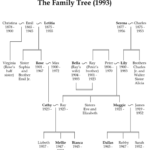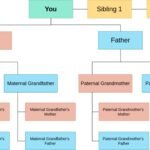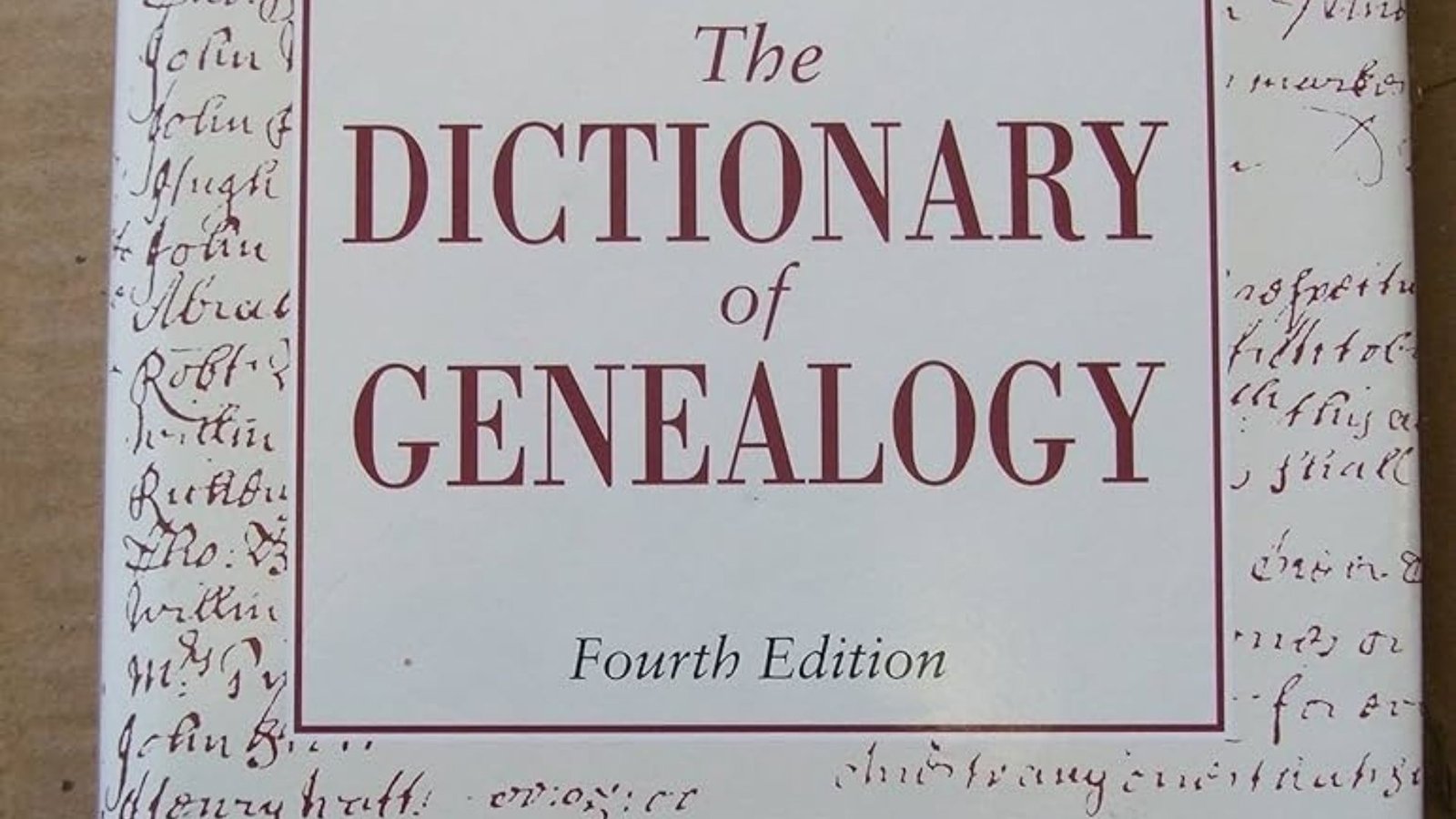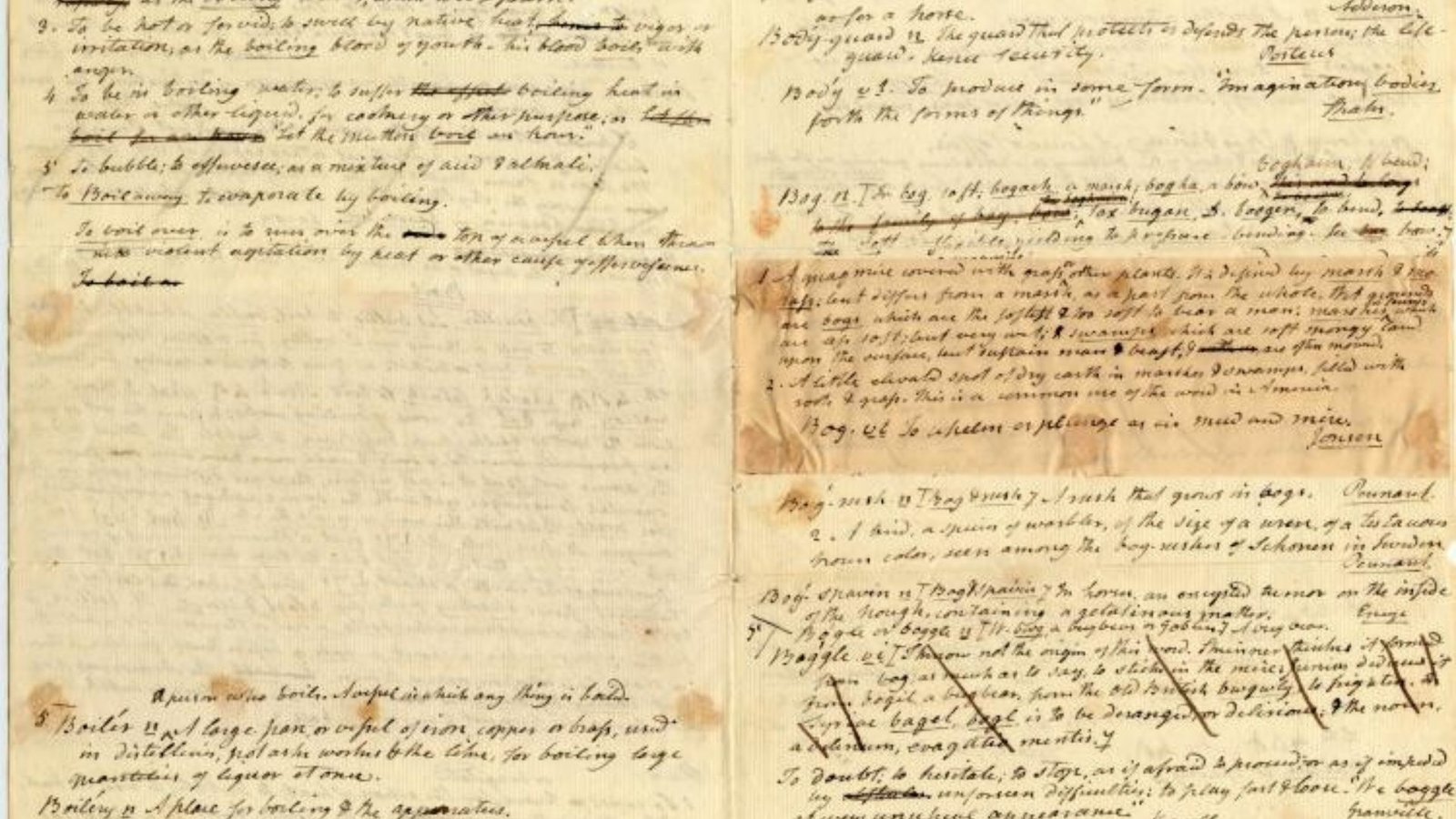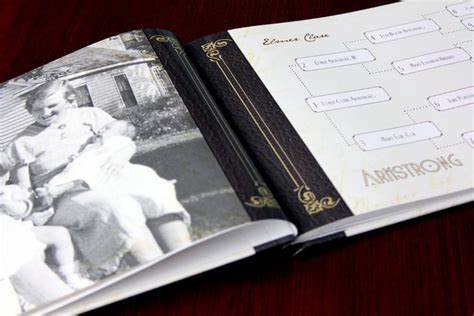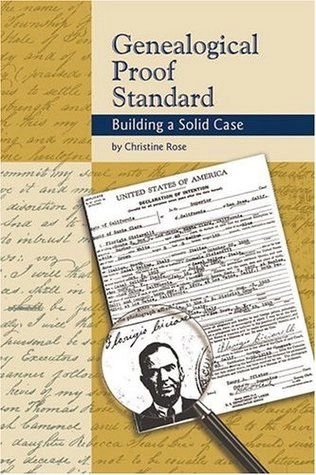Genealogy is the study of family history and the tracing of ancestors. It can be a thrilling journey, but getting started can feel overwhelming. One of the best tools for beginners is a genealogical dictionary. This guide will show you how to use a genealogical dictionary to make your family history research easier and more organized.

Why a Genealogical Dictionary Is Essential for Research
When you dive into genealogy, you will quickly come across many unfamiliar terms. Words like “pedigree,” “lineage,” and “census” may not always be clear. A genealogical dictionary helps define these terms and makes it easier to understand the complex world of family history. Whether you’re reading historical documents or exploring genealogical websites, having a dictionary will help you better interpret the information you find.
The genealogical dictionary serves as a reference tool that helps you understand key concepts and specific terminology. Knowing the meanings of these terms will make your research smoother and more enjoyable.
Step 1: Start by Looking Up Common Genealogy Terms
When you first begin your research, you’ll want to familiarize yourself with common terms. Start by looking up words like:
- Pedigree: A family tree or the history of a person’s ancestors.
- Lineage: The direct descent of a person from their ancestors.
- Ancestry: The family or group of ancestors a person is descended from.
These basic terms will help you understand the structure of genealogical research. A genealogical dictionary will explain these terms clearly and give you a strong foundation for further study.
Step 2: Learn About Different Types of Records
Genealogical research often involves working with records like birth certificates, marriage records, and census data. A genealogical dictionary can explain the different types of records and what information you can find in them. For example, a census is a population count done by governments, and it often includes valuable information like names, ages, and locations of family members.
You will likely come across other records, such as:
- Baptism records: Important for tracing ancestors in religious communities.
- Immigration records: Help to track when your ancestors arrived in a new country.
- Military records: Can provide details on family members who served in wars.
Knowing what each record type is and how it is used will help you navigate genealogical research more effectively.
Step 3: Explore Surname Meanings and Origins
Your family name is an important clue in genealogical research. A genealogical dictionary often includes the meanings and origins of common surnames. Understanding where your surname comes from can give you insights into your family’s history.
For example, a surname like “Miller” might indicate that your ancestor worked in a mill, while a name like “Baker” could point to an ancestor who worked in the bakery trade. By looking up your surname in a dictionary, you can also find out if there are any variations or spelling changes that might appear in historical records.
Step 4: Look Up Genealogy Abbreviations
Genealogists often use abbreviations in family records, making it important to know what these mean. A genealogical dictionary will help you decode common abbreviations. For example:
- b.: Born
- m.: Married
- d.: Died
These abbreviations are used frequently in historical documents like birth certificates, death records, and family trees. Knowing what they stand for will help you better understand the records you are reading.
Step 5: Use the Dictionary for Understanding Genealogical Terms
As you continue your research, you may come across more complex genealogical terms that need further explanation. A genealogical dictionary will help you understand these advanced terms, such as:
- Cognatic: Refers to a family line traced through both maternal and paternal ancestors.
- Patrilineal: Tracing ancestry through the father’s side of the family.
- Matrilineal: Tracing ancestry through the mother’s side.
These specialized terms help you narrow down specific lines of ancestry and give structure to your research.
Step 6: Use a Genealogical Dictionary to Clarify Records
As you begin to find historical records, you may notice some terms or phrases that confuse you. A genealogical dictionary is the perfect resource to help clarify these terms. For example, you might come across the term “probate” in an old will or estate record. A dictionary will tell you that probate refers to the legal process of validating a will after someone’s death.
Understanding these terms is crucial for correctly interpreting records and avoiding mistakes in your family tree.
Step 7: Cross-Reference Information
While a genealogical dictionary is a helpful tool, it should not be the only resource you use. Once you learn a term, use it to search for more detailed information in other genealogical resources. Cross-reference dictionary definitions with historical documents, family trees, and genealogical websites to verify the information.
For example, after learning the meaning of “immigration records” in the dictionary, visit a website like FamilySearch.org or Ancestry.com to find actual records of when and where your ancestors immigrated.
Conclusion
A genealogical dictionary is an essential tool for starting your family history research. By helping you understand common terms, decipher abbreviations, and explore the meanings of surnames and records, it will make your genealogical journey smoother and more enjoyable. Start by looking up common terms, exploring different types of records, and cross-referencing dictionary definitions with other sources to build a strong foundation for your family tree. With the right knowledge and resources, you’ll be well on your way to uncovering the stories of your ancestors.




